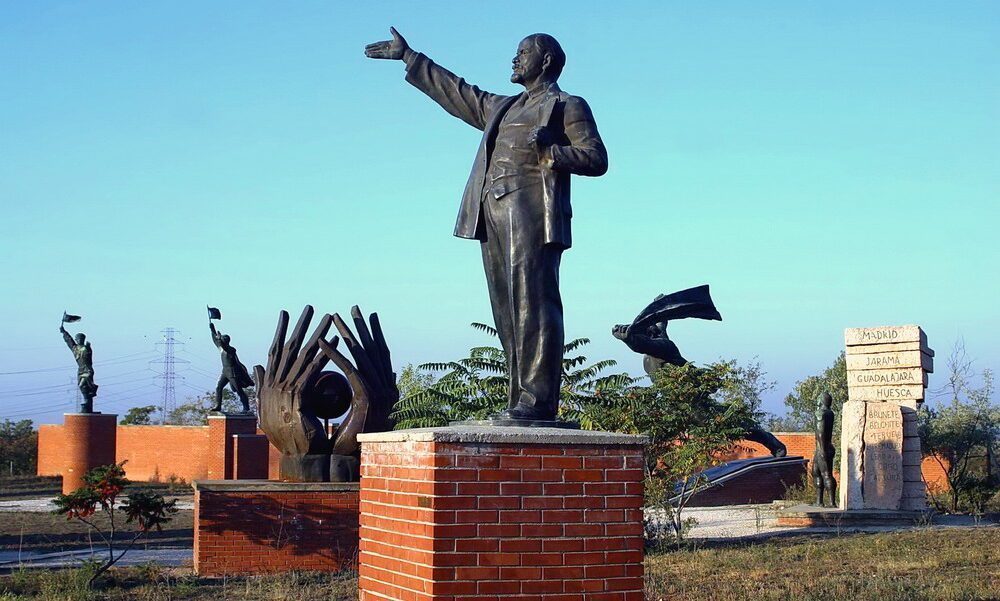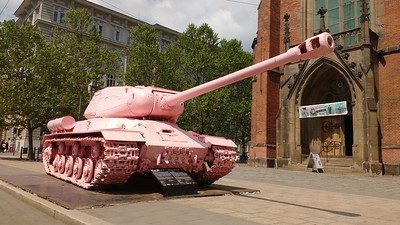In the past few weeks, many Confederate statues have been taken down in the US due to the fierce debate about racism going in the country. Dealing with contested heritage and dark history is always difficult but one can find lessons from the restructuring of controversial statues and monuments in Eastern Europe.
The reinterpretation of painful past in the former communist countries make for a good case study for reconciling with contested heritage. Budapest’s Freedom Square hosts a prominent and controversial Soviet war memorial.
Hungarians regularly argue for its removal, but it remains unmoved and guarded. It is an exception. The monument serves as a reminder of the Soviet army liberating the country after World War II. Other monuments in the city have been taken down and shifted to Memento Park in the outskirts of the city.

The park boast of the biggest statues of “Cold War”. Supersized statues of Communist-era commissars stand quietly in the elements. Stalin’s empty boots. A lunging Lenin. A modernist bust of Marx. A museum barracks full of educational material puts the era and objects into complete and nuanced context. School groups and tourists visit regularly.
The Hungarian president at the time Árpád Göncz hailed the park for its approach for using a neutral means of art “to emphasize the dignity of democracy and the responsibility of historical thinking”.
Read further about the Pink Tank in Prague’s Kinsky Square in Czech Republic and other examples of reinterpretation of the dark heritage in Washington Monthly.
Read more on Eastern Europe.

